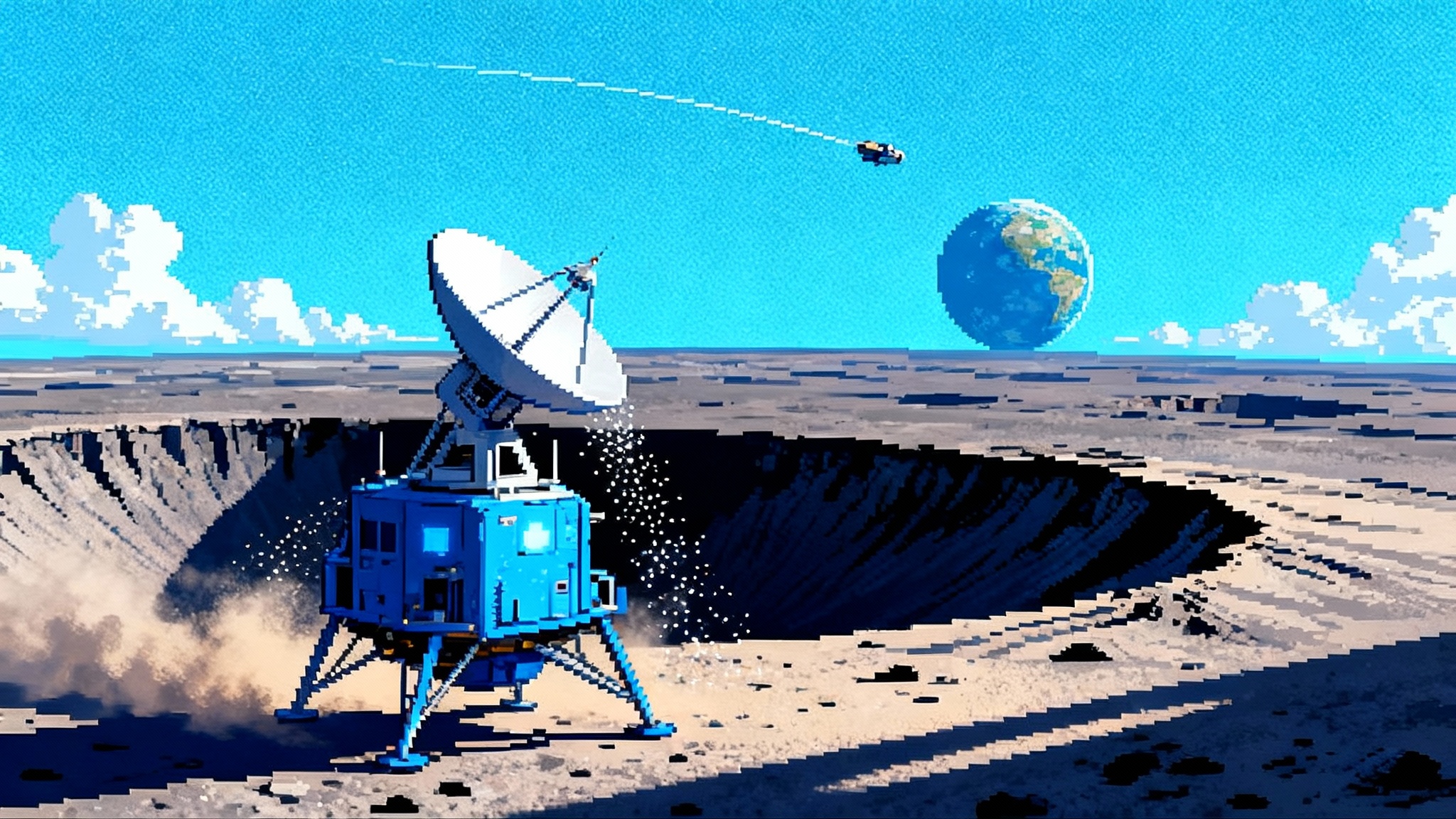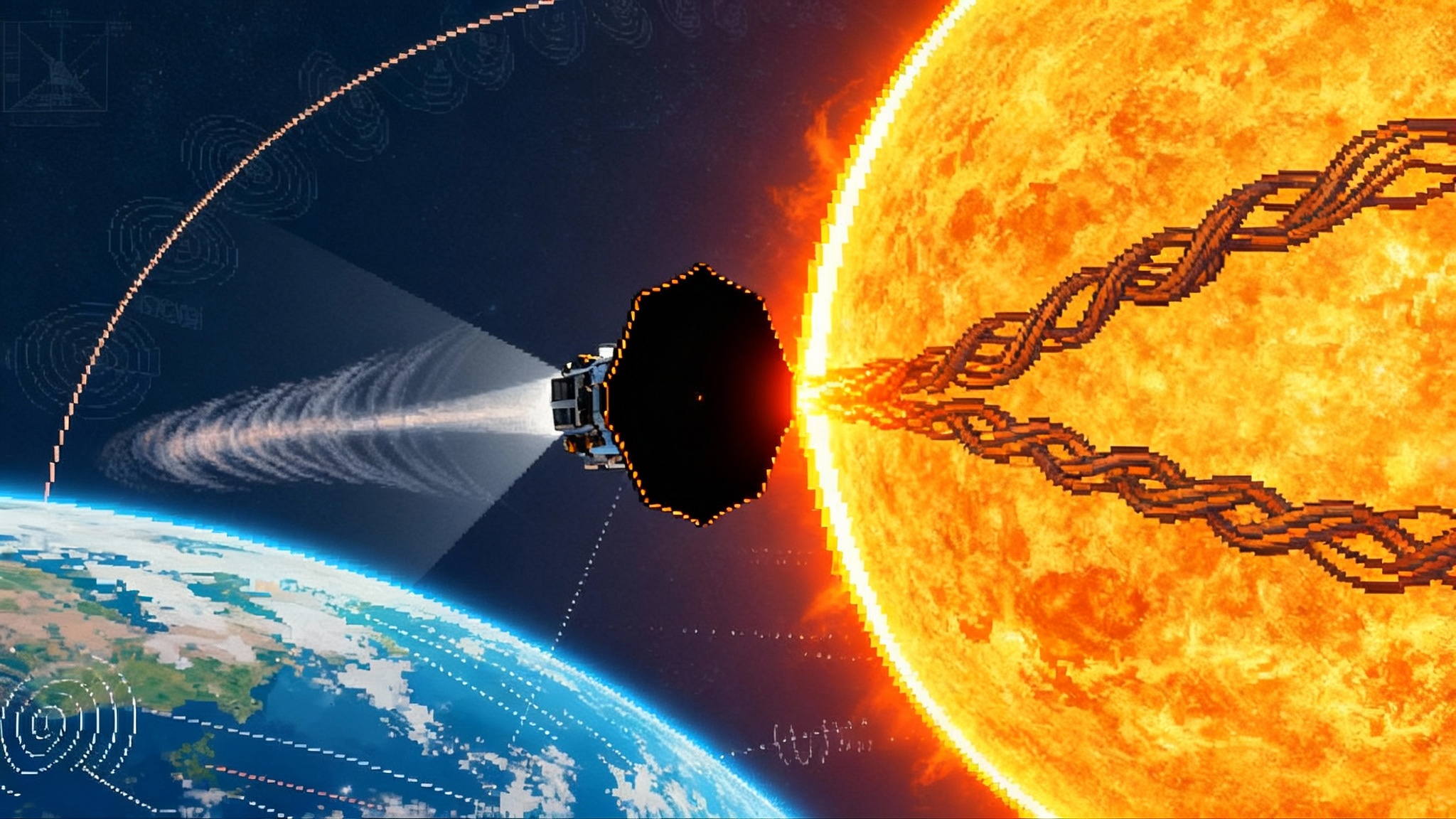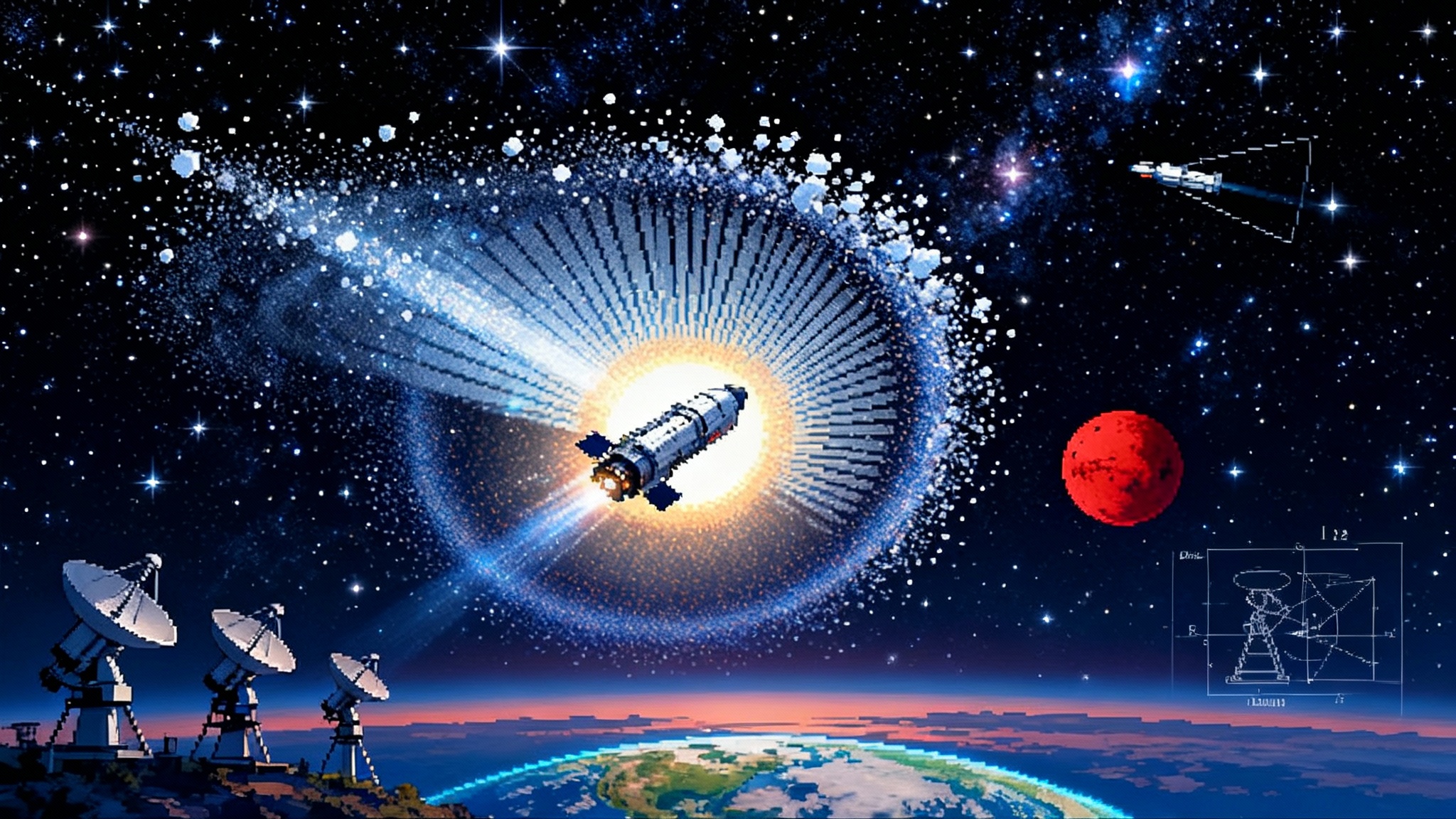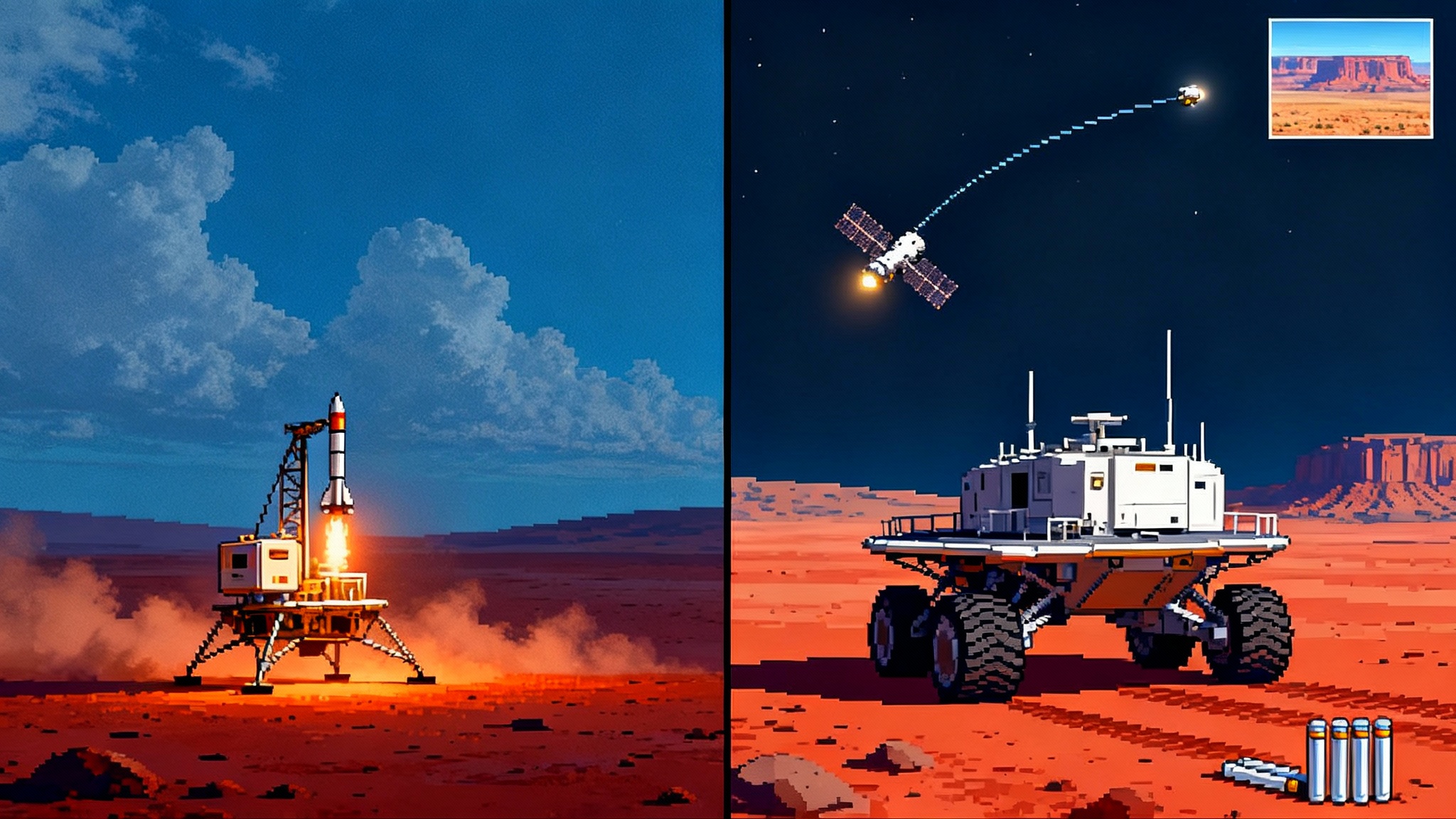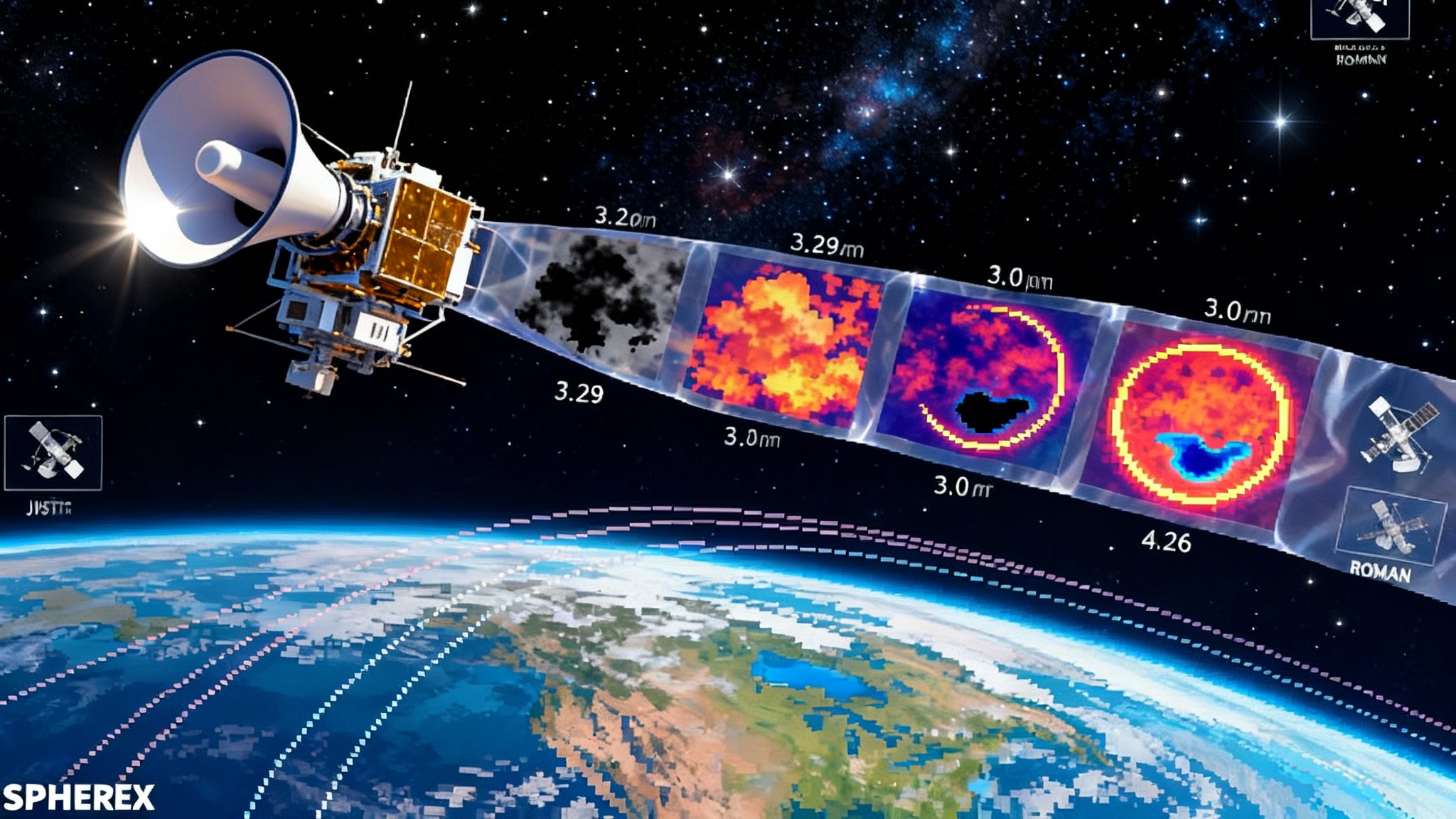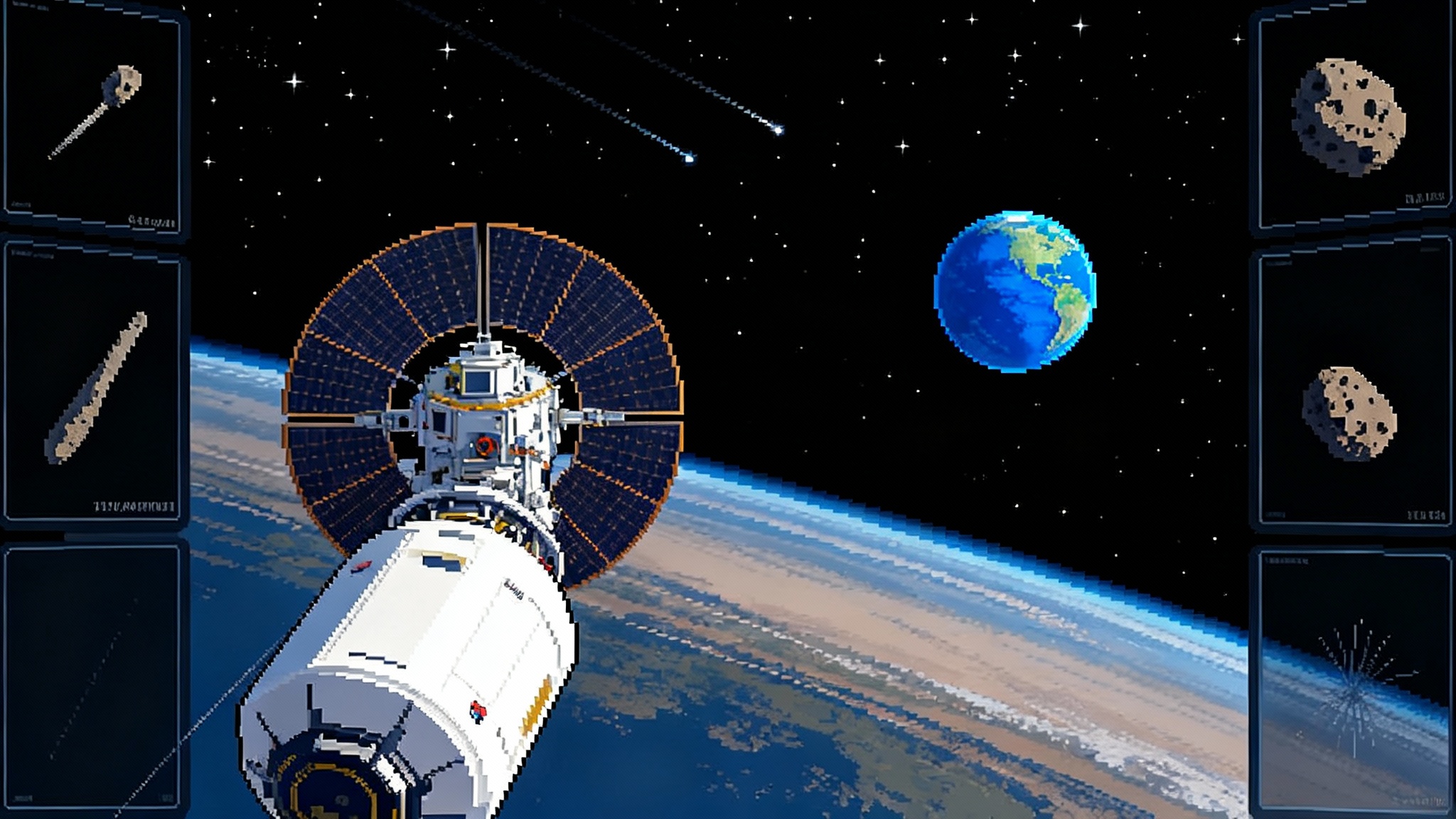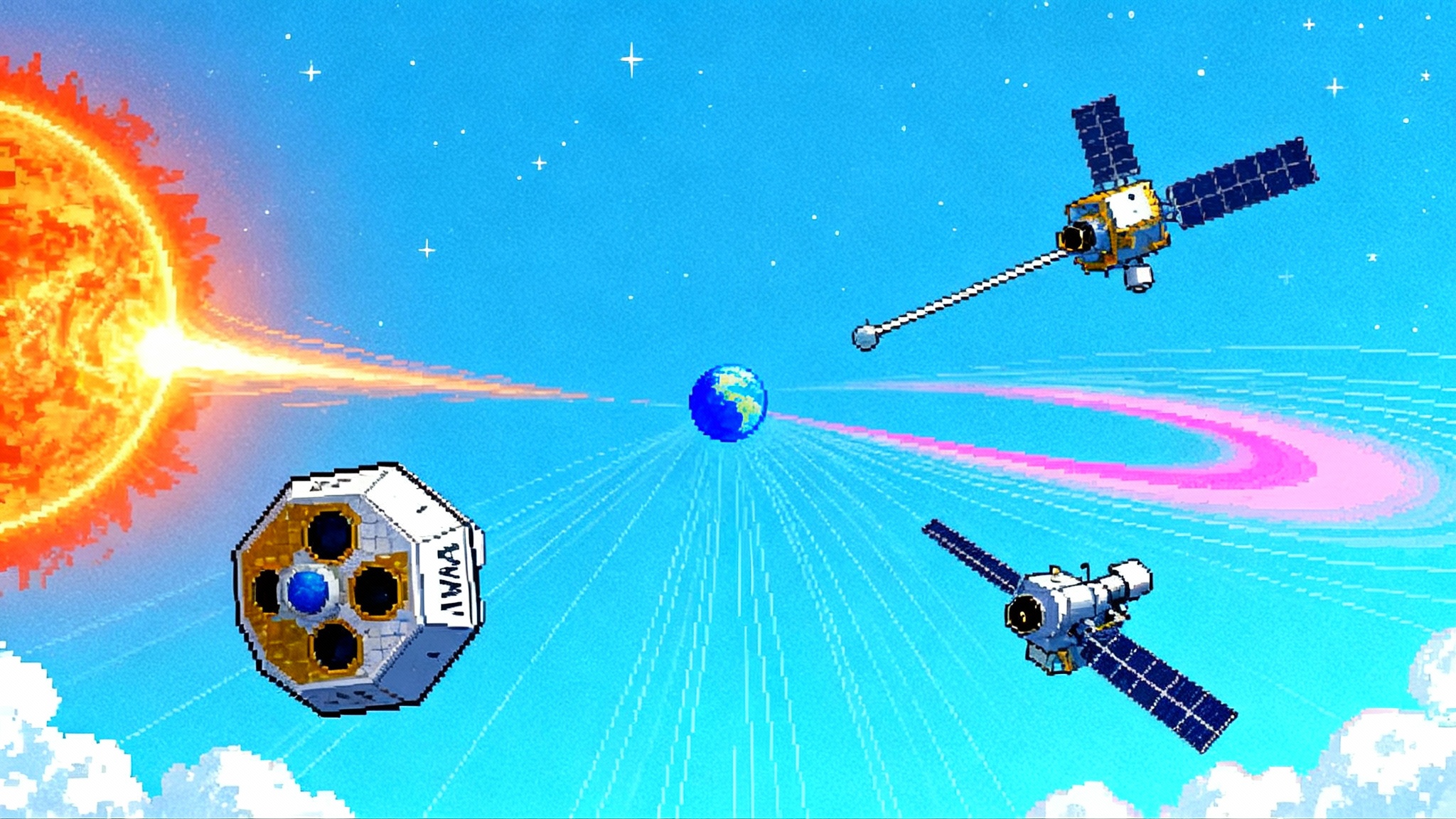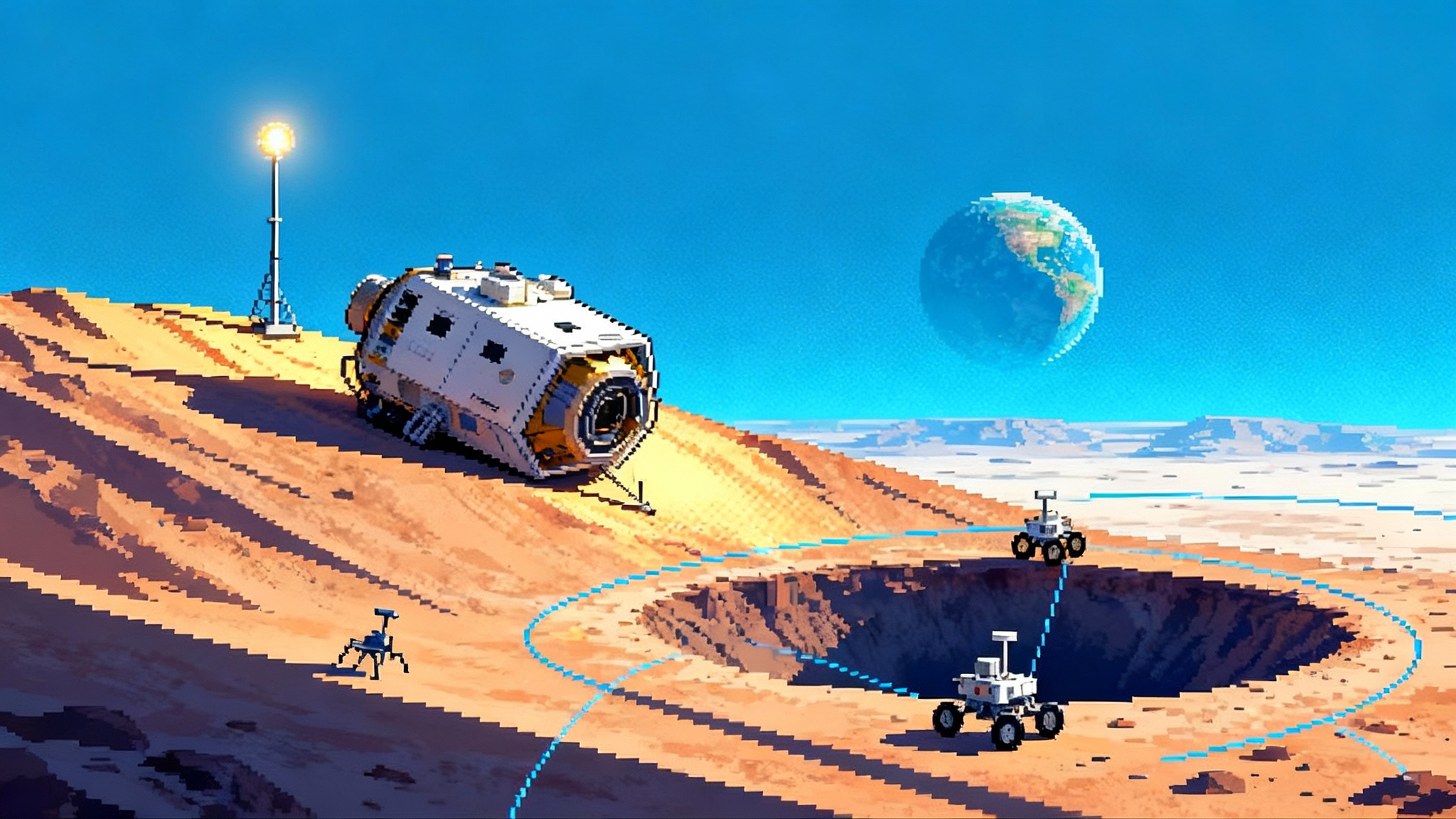Farside rocks rewrite the Moon’s heat and water map
Peer‑reviewed results from Chang’e 6 are rewriting assumptions: the lunar farside runs cooler and carries fewer volatiles, with a drier mantle. Here is how that should reshape south pole sites, ISRU bets, and mission priorities through 2027.
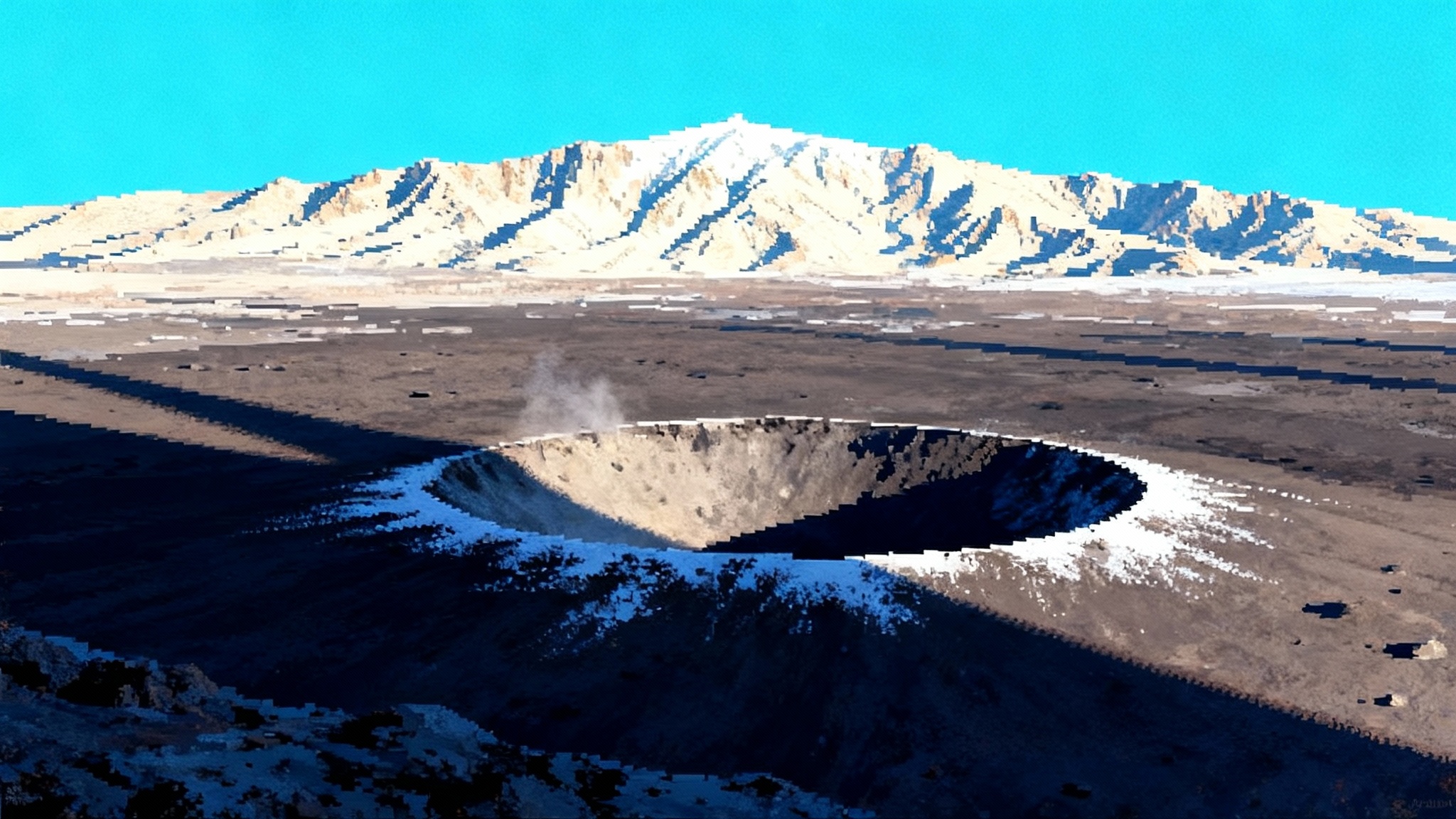
The breakthrough that changed the questions
In June 2024, China’s Chang’e 6 returned the first handpicked rocks and soil from the lunar farside. That rock box has now spoken. A flurry of papers through 2025 paints a new picture of the Moon’s hidden hemisphere: a mantle that is drier, magmas that crystallized at cooler temperatures, and volcanic sources that are depleted in the very elements that act like thermal fuel. The result is a farside that is not just different to the eye, but different in how it made heat and held onto water.
Two findings matter most for planners, not just for planetary scientists.
-
Water story: Analyses of melt inclusions and phosphate minerals in Chang’e 6 basalts indicate parent magmas with modest water and mantle sources down at about 1 to 1.5 micrograms per gram. That is on the dry end compared with many nearside estimates and points to a hemispheric split in interior water. See the summary and methods in this Nature‑backed analysis of water.
-
Heat story: Petrological thermometers on the same sample suite show it crystallized around 1,100 degrees Celsius, roughly 100 degrees cooler than comparable nearside basalts. The simplest explanation is fewer heat‑producing elements such as uranium, thorium, and potassium in the farside mantle. This is a shift with operational consequences. See reporting in rock samples show a cooler farside mantle.
Think of the nearside as a kitchen with a hot oven, extra fuel, and wetter dough. The farside kitchen has fewer burners and drier ingredients. That is why the nearside wears dark volcanic seas while the farside’s crust stayed thicker and brighter. Chang’e 6 finally lets us test that metaphor using real crumbs from the farside table.
What changed in 2025, in plain terms
-
The farside mantle looks ultra‑depleted. Chemical ratios in Chang’e 6 basalts fit a source that lost incompatible elements early or never had much. With fewer of them, the farside generated less heat, and magma rose less often.
-
Interior water is not uniform. Hydrogen isotopes and water abundance in trapped melts indicate lower mantle water on the farside than in many nearside sources. That does not mean no water at the farside surface. It means less endogenic water bubbling up from the deep and a greater role for exogenic delivery and surface processes in setting today’s ice and hydroxyl.
-
The farside cooled faster and stayed cooler. The lower crystallization temperatures are consistent with a long‑lived thermal asymmetry. Over billions of years, a cooler interior changes how volatiles migrate, where they freeze, and what mineral hosts they choose.
These are not academic footnotes. They change how to pick landing sites, how to bet on resource use, and what instruments matter most in the next 12 to 24 months.
The south pole is the prize. The criteria just shifted.
The lunar south pole spans both hemispheres. It hosts peaks with near‑constant sunlight and permanently shadowed craters that can trap water ice. Before Chang’e 6, many teams implicitly assumed that outgassing from the interior may have contributed to polar volatiles. With evidence for a drier farside mantle and a cooler thermal engine, the weight of evidence tilts further toward exogenic sources and surface cold‑trap physics as dominant at the farside pole. That should change the scorecard for south‑pole sites.
Here is a concrete, near‑term update for site selection teams at NASA’s Artemis program, China’s National Space Administration, and commercial landers.
-
Prioritize proximity to verified hydrogen enhancements over proximity to historical volcanic terrains. Regolith hydrogen seen by neutron detectors and radar anomalies consistent with subsurface ice should carry more weight than local basaltic geology on the farside.
-
Favor access corridors that combine sunlit power ridges and traverse lines into small permanently shadowed micro‑cold traps. The new findings suggest leaning into micro‑trap sampling over ancient vents, especially on the farside edge of the pole.
-
De‑risk by diversifying latitude bands. A cooler farside interior implies lower geothermal heat flow. That slightly widens the stability window for surface ice. Test a spread of crater floors and poleward slopes, not just the deepest shadows.
-
Add an isotope objective to every polar sortie. Water without its isotopic fingerprint is just a number. Each site plan should include sampling that preserves volatile isotopes and noble gases to classify the ice as comet‑like, solar‑wind implanted, or mixed.
ISRU bets: move some chips from ice mining to oxygen and power
In‑situ resource utilization means making what you need from local materials. The farside’s cooler, drier mantle story does not kill ice mining. It does ask for hedging.
-
Oxygen from rock is the surest play. Lunar soils are almost half oxygen by weight. Anorthosite‑rich highlands near the pole are good feedstock. Back molten‑regolith electrolysis and hydrogen reduction of ilmenite as parallel paths. Test at kilogram scale on a lander deck, then at tens of kilograms with a tethered power cart.
-
Treat polar ice as a regional, patchy reserve. Acknowledge that exogenic delivery and surface trapping can make ice lumpy. Build drills and scoops that handle mixed ice‑regolith, thin films, and hard lenses. Design water systems that can tolerate low‑grade feed with aggressive filtration and bake‑out steps.
-
Invest in thermal. A cooler mantle means lower background heat, but the surface is still a thermal roller coaster. Cryogenic coring and sealed cold chains from drill to return container are not optional. Bakeouts that simulate equipment heat leaks should be in every end‑to‑end test.
-
Power is the multiplier. Peaks with near‑continuous light remain priceless. Where sunlight is marginal, small fission or aggressive surface power beaming unlocks real processing. As early Moon’s first LTE switch‑on efforts show, reliable polar links and power routing matter as much as extraction.
Twelve to twenty‑four month action plan
This is what agencies and companies can do, with timelines and tests that fit 2026 to 2027.
-
Prove heat flow and tie it to site maps. Fund and fly duplicate heat‑flow packages to both nearside and farside polar latitudes. Pair each probe with a downhole temperature string to at least 2 meters and surface conductivity plates. Use the results to update ice stability maps and to refine drill duty cycles. If heat flow is not measurably lower on the farside, revisit assumptions about crustal radiogenic pockets.
-
Require isotope‑clean sample handling. Add double‑walled, actively cooled sample canisters to every polar mission, crewed or robotic. Purge lines with dry nitrogen, include on‑site headspace analysis for hydrogen and helium, and time‑stamped thermal logs. Make this a launch‑gate requirement for Commercial Lunar Payload Services and for Chinese south‑pole precursors.
-
Fly compact neutron and ground‑penetrating radar pairs. The next landers should carry a shoulder‑to‑shoulder package: a hydrogen‑sensitive neutron counter and a low‑frequency radar optimized for shallow layering. Drive or hop ten to twenty short traverses that cross sunlit shadow boundaries. Combine the two data sets to pick drilling spots.
-
Test two extraction chemistries on the same regolith. On one lander, run hydrogen reduction on ilmenite grains. On another, run molten‑regolith electrolysis on anorthosite. Measure oxygen yield per kilowatt‑hour and fouling rates. Publish the cost curve and failure modes.
-
Stage a cryogenic core round‑trip. Sponsor one commercial mission focused on bringing back a sealed, cold core from a micro‑cold trap. Use that core to validate in‑lab measurements of salt content, grain size, and organics at temperatures below minus 150 Celsius.
-
Build a common isotope library. NASA, the Chinese Academy of Sciences, and European partners should agree to a shared database format for hydrogen and oxygen isotopes, noble gases, and chlorine isotopes in polar samples.
Artemis, CNSA, and the commercial fleet: specific calls
-
Artemis planners: Artemis II is planned for a crewed lunar flyby in 2026. Use that window to finalize Artemis III traverse plans that include at least one micro‑cold trap excursion, an isotope‑preserving sample suite, and a heat‑flow emplacement. Update the criteria weights for the nine candidate regions so hydrogen signatures and access to micro‑traps outrank proximity to volcanic units on the farside edge of the pole.
-
CNSA planners: Chang’e 7, currently targeted for the south pole, already includes a hopper for shadowed‑crater scouting and a water molecule analyzer. Add a compact corer that can return a sealed plug from the coldest reachable patch and a redundant thermal probe. For Chang’e 8 around the decade’s end, tilt the payload mix toward oxygen‑from‑rock demonstrations and modular power tests on elevated ridges.
-
Commercial landers: Intuitive Machines, Astrobotic, Firefly, ispace U.S., and partners should standardize a polar volatile stack that fits multiple buses. As the Blue Ghost made the Moon commercial era showed, common payloads speed comparisons across sites. Offer a stack that includes a 1‑meter drill with temperature sensing, a small mass spectrometer on swappable bottles, a neutron counter, a surface radiometer, and a frost camera with low‑glare optics. Plan integration around falling logistics costs as Starship Flight 11 reusability improves cadence.
-
Power and thermal vendors: Develop ridge‑top solar kits with hinged low‑angle panels, dust mitigation, and cabled power drops to shadowed sites. Provide a 48‑volt standard for polar tools and a plug‑in heater standard for drills and sample boxes. Night survival kits with radioisotope heaters and aerogel wraps should be packaged as options.
What this means for science payoffs
-
Better initial conditions for lunar origin models. A drier farside mantle helps bound water loss during the hypothesized giant impact and the magma ocean stage. If water is truly hemispherically split in the deep interior, the asymmetry was locked in early by either uneven crystallization or large impacts that redistributed K, rare earths, and phosphorus rich material.
-
A cleaner test of exogenic delivery. If the farside interior contributed less water, then polar ice there is a purer signal of cometary, asteroidal, and solar wind sources. In practice, that makes farside polar cores ideal reference samples for the inner solar system’s volatile budget.
-
A live laboratory for heat flow’s control on ice. Heat from below can sublimate buried ice even in deep shade. By measuring and comparing heat flow across nearside and farside polar sites, we learn how thin the margin is for ice stability. That margin sets the cost to keep mined ice cold during operations.
A fast checklist for program managers
- Update site selection weights in the next three months to reflect hydrogen signatures and micro‑cold trap access as higher priorities on the farside.
- Lock a 2026 flight for at least one heat‑flow probe at high southern latitudes on the farside, tied to a surface conductivity measurement.
- Fund two parallel oxygen‑from‑regolith demos with clear energy and fouling metrics, one aimed at anorthosite, one at ilmenite‑bearing soils.
- Require isotope‑preserving sample kits and cold chain logs in every south‑pole lander payload starting with the next launch window.
- Back one commercial cryo‑core round‑trip from a micro‑cold trap and pre‑award the curation and analysis plan so results land before Artemis III surface operations.
The bottom line
Chang’e 6 has changed the script. The farside mantle is cooler, the deep water budget is lower, and the chemical pantry is sparse. That pushes the south‑pole playbook toward sites where the sky, not the interior, stocked the freezer. It nudges ISRU toward oxygen‑from‑rock as the backbone, with ice as a targeted, high‑value supplement. Over the next two years, the most valuable missions will be the ones that do not just chase ice, but measure heat flow, preserve isotopes, and compare extraction methods with honest energy accounting.
The farside is teaching us that the Moon’s two faces host two different resource stories. The winning strategy is to plan for both and to test the assumptions quickly while the evidence is fresh and the launch windows are open.
